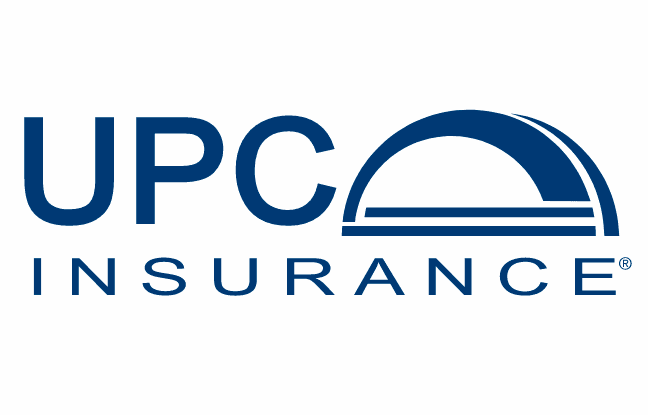UPC shrinks reinsurance towers by $460m, reduces quota share by 5%

United Insurance Holdings Corp., also known as UPC Insurance, has completed its catastrophe reinsurance renewals, with its towers shrinking by $460 million of limit, its quota share being reduced by 5%, while costs per unit of limit look up slightly over the purchase.
The insurer had previously said that it was on the verge of filling out the lower-layers of its mid-year reinsurance tower, but that the coverage had been restructured to an occurrence tower, instead of the cascading aggregate protection the insurer had in prior years.
Now, the details are available and there’s also been a relatively significant reduction in the size of the reinsurance program, but with UPC selling off portions of its book, most recently with its NFIP write your own portfolio, as well as its transfer of some property insurance business to HCI, it’s perhaps no surprise less limit was required for this year.
The insurer had also recently announced a plan to rationalise and consolidate its Florida property insurance writing, which will also have affected its need for reinsurance and how the tower is structured at this renewal.
Onto the 2022 reinsurance renewal and UPC Insurance has secured a core catastrophe reinsurance program featuring $2.524 billion of occurrence limit in the aggregate, a decline of of $407 million, or 13.9%, from the $2.931 billion of cascading aggregate limit purchased last year.
The core catastrophe reinsurance covers American Coastal Insurance Company, Journey Insurance Company, Family Security Insurance Company, Inc. and United Property & Casualty Insurance Company.
The coverage is against losses from earthquake and windstorms named or numbered by the National Hurricane Center for Florida, Louisiana, and Texas only this year, given the shedding of business to HCI.
The first and second event retention is $16.4 million per occurrence, an increase of $1.4 million or 9.3%, from the $15 million retention it had in place last year.
The new occurrence-based structure for 2022/23 provides estimated first event limit of $1.929 billion and second event limit of $594.9 million, the insurer explained.
While the company has opted for 90% participation in the FHCF for all its subsidiaries.
The mandatory FHCF layer of reinsurance gives UPC roughly $1.4 billion of total Florida-only coverage, at varying retentions and limits, inuring to the benefit of the open market catastrophe reinsurance program.
Also of note, is the fact that UPC has participated in the new Reinsurance to Assist Policyholders (RAP) program, that was launched with the reforms made recently in the Florida Senate and this provides $166.5 million (90% of $185 million) of total Florida-only limit.
In addition, UPC has secured a tower for its Interboro Insurance Company subsidiary, giving $187.6 million of catastrophe reinsurance limit per occurrence, down $24.4 million or 11.5%, from the $212 million of limit per occurrence in 2021/22.
It covers all catastrophe perils written and assumed by Interboro in New York, with first and second event retention of $3 million per occurrence, unchanged from the 2021/22 program.
There’s also aggregate limit of $245.2 million for Interboro, down $28.8 million or 10.5%, from the $274 million of aggregate limit bought in 2021/22.
Finally, UPC’s quota share reinsurance has been reduced from a 15% cession rate, to a 10% cession rate for this year, covering United Property & Casualty Insurance Company, Family Security Insurance Company, Inc. and American Coastal Insurance Company.
Combined with an 8% cession rate effective December 31st 2021, the total quota share reinsurance cession rate for UPC through the 2022 wind season will be 18%.
In terms of cost, UPC said the renewal towers cost is estimated at $374.7 million, a decrease of $36.4 million or 8.9%, from the 2021/22 towers.
That equates to 32.7% of the March 31st 2022 in-force premium in the covered states, a slight decrease from 32.9% of the March 31st 2021 in-force premium, suggesting a higher rate-on-line across the renewal towers, as you’d expect to see in the harder reinsurance market.
Read all of our reinsurance renewals news coverage here.






